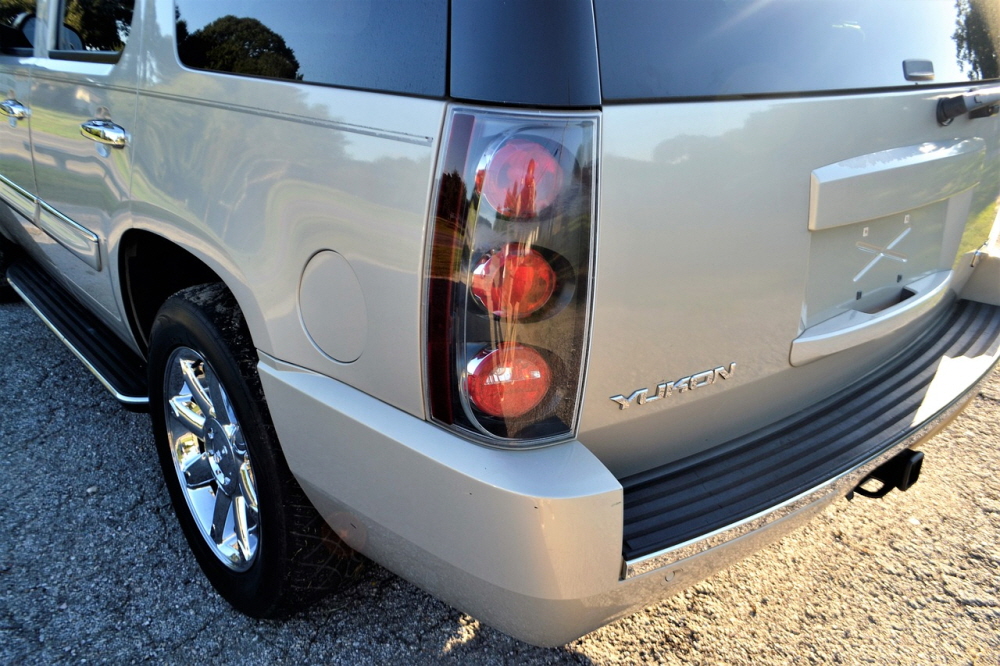
A study was published in the journal Nature Communications, which analyzed how the road traffic sector is causing microplastics. According to this, about 308 tons of microplastics are released into the atmosphere by automobiles. Most of them are from Asia and North America, and they are said to flow into waterways around the world such as seas and coasts.
This study is divided into two types of tire wear particles and brake wear particles. Tires generate coarse plastic particles due to friction with the road. Brakes will change due to vehicle speed and weight, but as a result they all scatter microplastics in the air.
In the past, there have been studies on how water flowing from roads into rivers transports microplastics to the sea, but this study specifically investigates how much microplastics from road traffic move the atmosphere. One is to examine global automobile pollution and greenhouse gas emissions, and the other is to analyze how worn tires are based on data from Norway, Sweden and Germany. An expert who did a similar study on the impact of plastic on road traffic said the study did not analyze the impact of road type on wear, but it is now the best method.
The findings show that small plastic particles travel farther through the atmosphere than larger particles. Particles less than 10 micrometers tend to be near the source, but most particulates less than 2.5 micrometers are carried away from the source.
In addition, more than half of the microplastics less than 2.5 microns flow into the sea, and 31% of the microplastics generated from brakes are attached to the surface of snow and ice in mountainous areas, Arctic and even Antarctica. These particles, which are basically darker than snow and ice, absorb more solar energy and are a risk factor that accelerates global warming. It could lead to the Arctic, where temperatures are already rising at more than twice the rate of other parts of the world, and solid-state warming, which is swept away by rapid temperature increases. Also, particulate matter may adversely affect vulnerable ecosystems and animals living there.
The research team said that they are concerned about the accumulation of microplastics in living organisms, and that microplastic pollution mitigation policies should be reviewed sooner or later.
The models and databases used in the survey did not include data on off-road tractors and construction machines. However, the total amount of microplastics cannot be underestimated because such heavy vehicles are more wearable than passenger cars. In addition, data on how many plastics have been discovered around the world are limited because the study cannot measure plastic particles on the ground. The presence of these data can be more helpful in verifying the analysis results by the model.
One expert said other studies have come to similar conclusions, and said it is becoming increasingly clear that there is nowhere on Earth to avoid plastic pollution. The advice is to find ways to reduce plastic consumption and waste to prevent the Earth from becoming a giant ball of plastic. Related information can be found here .

